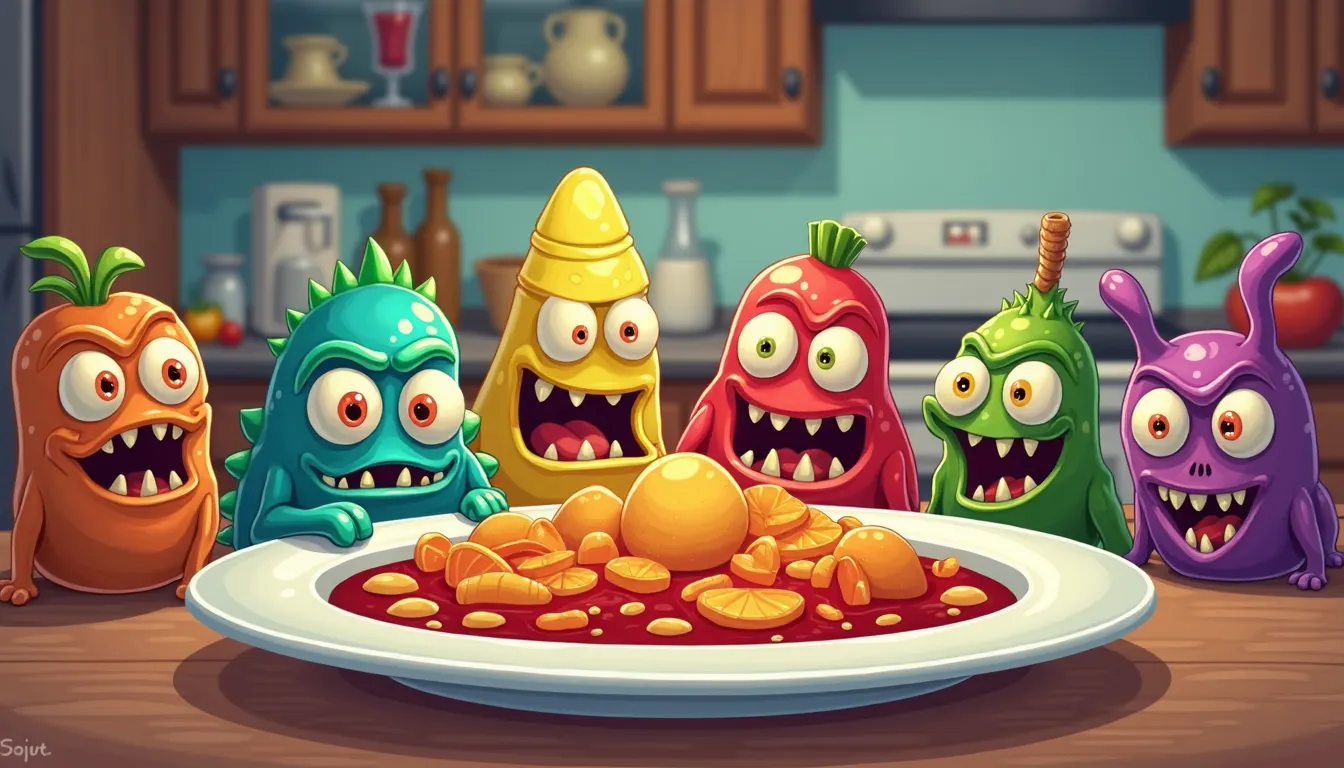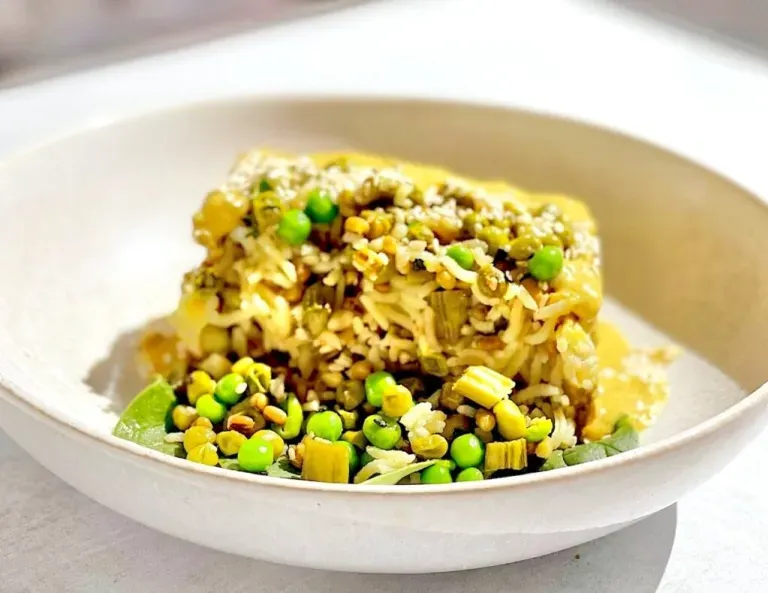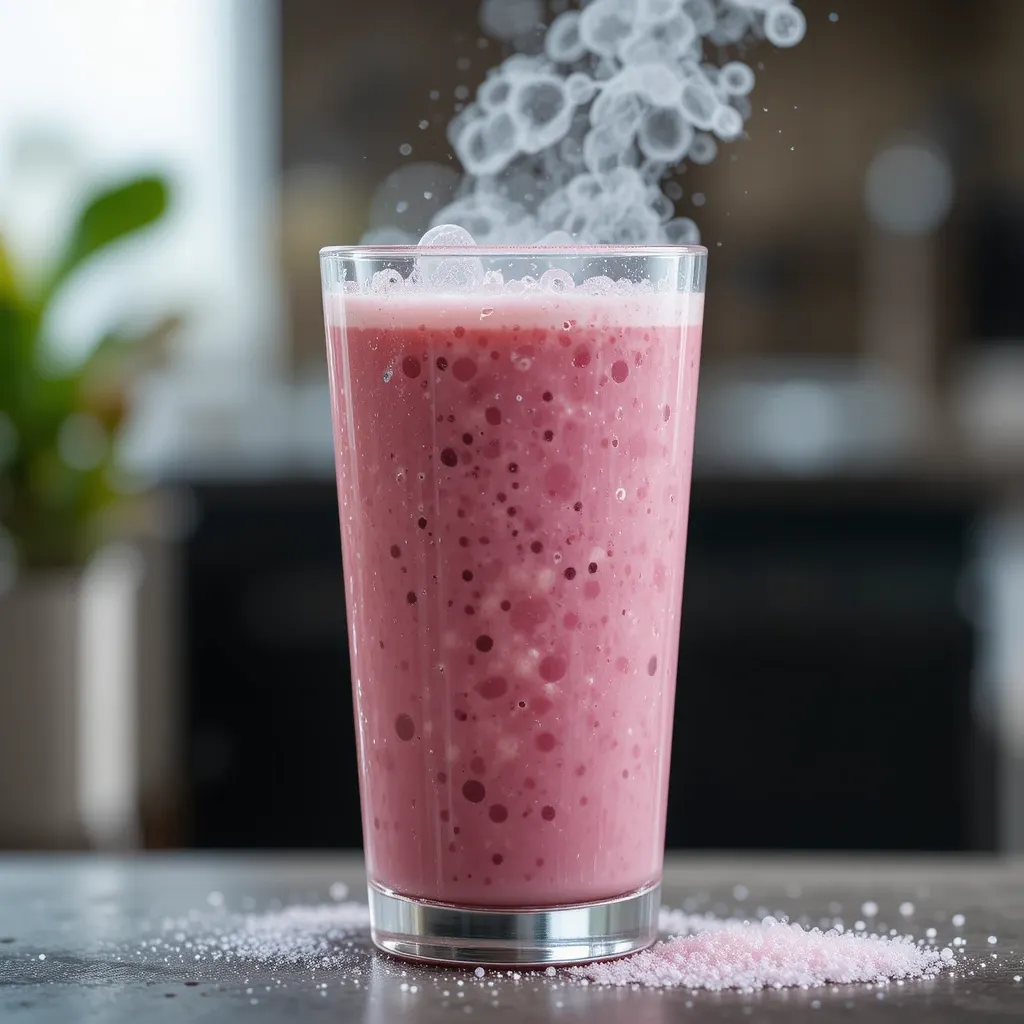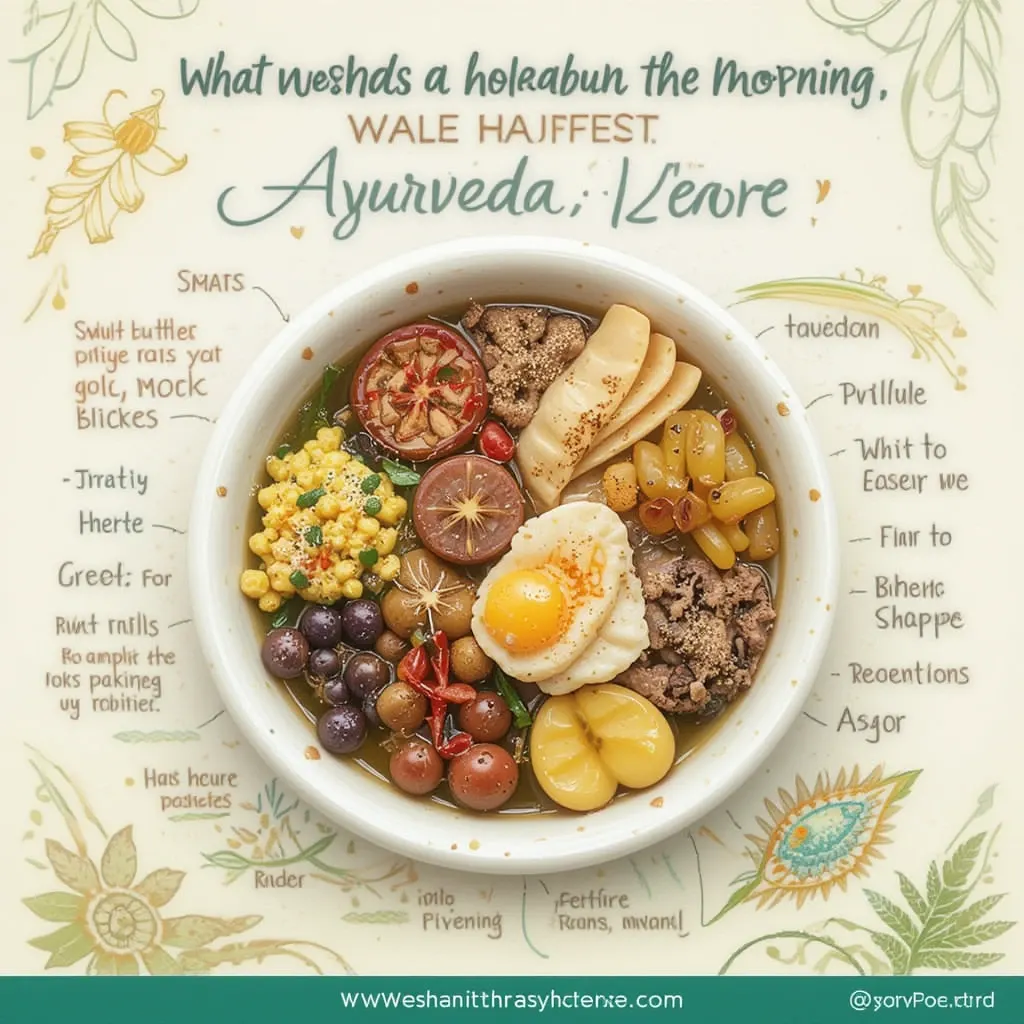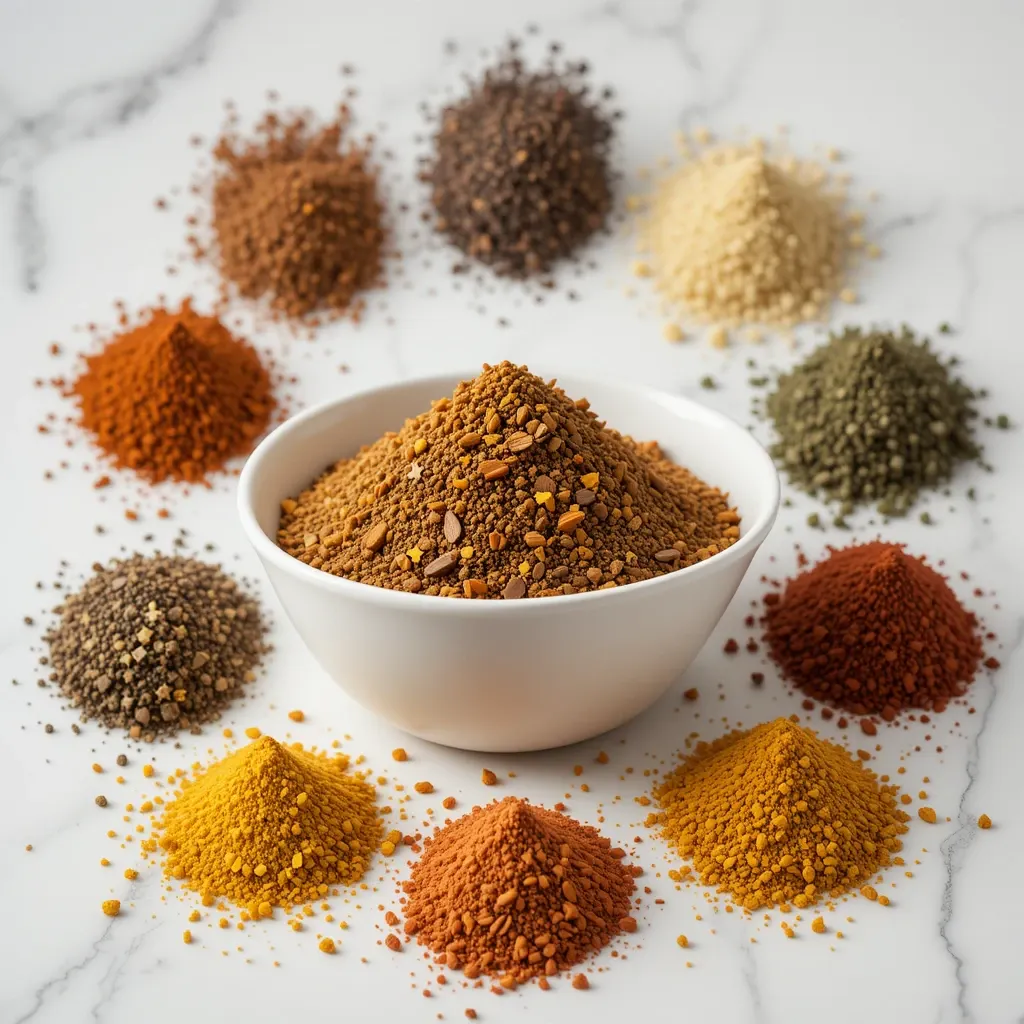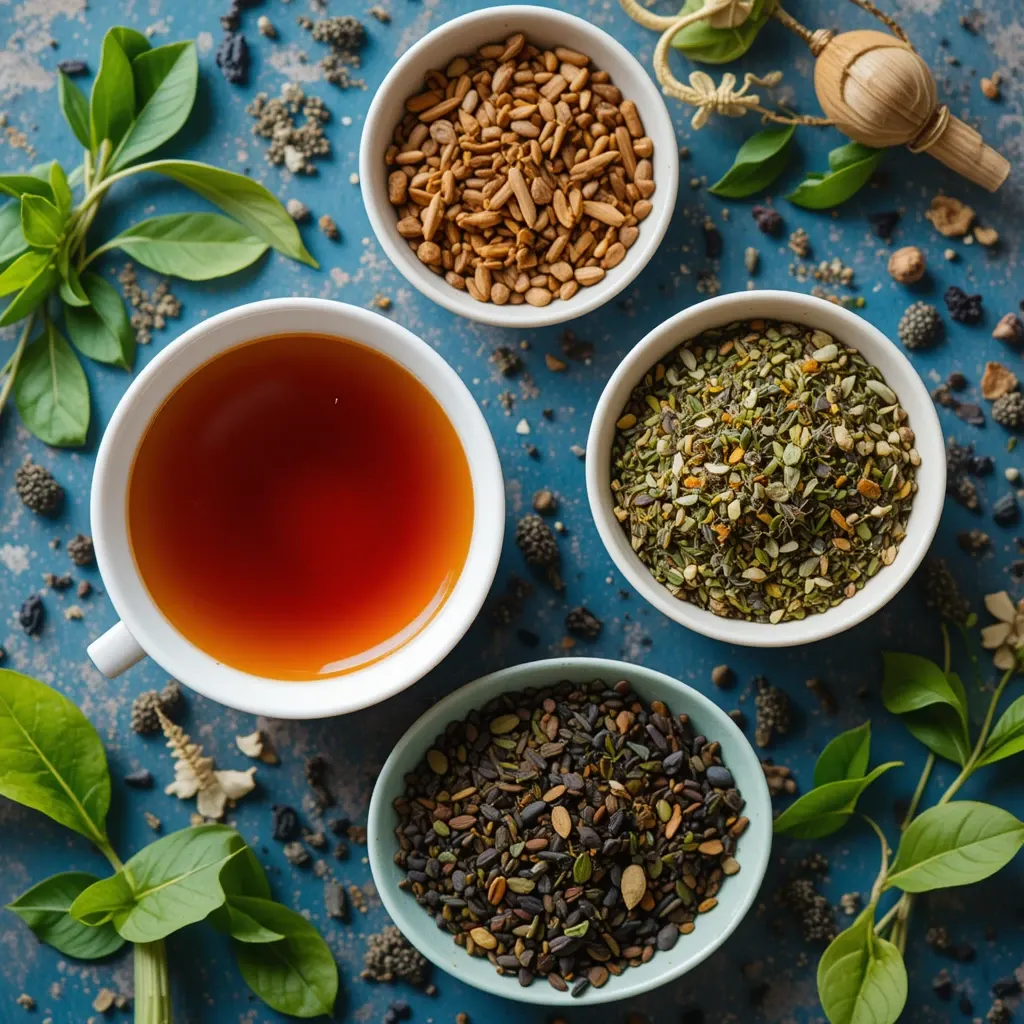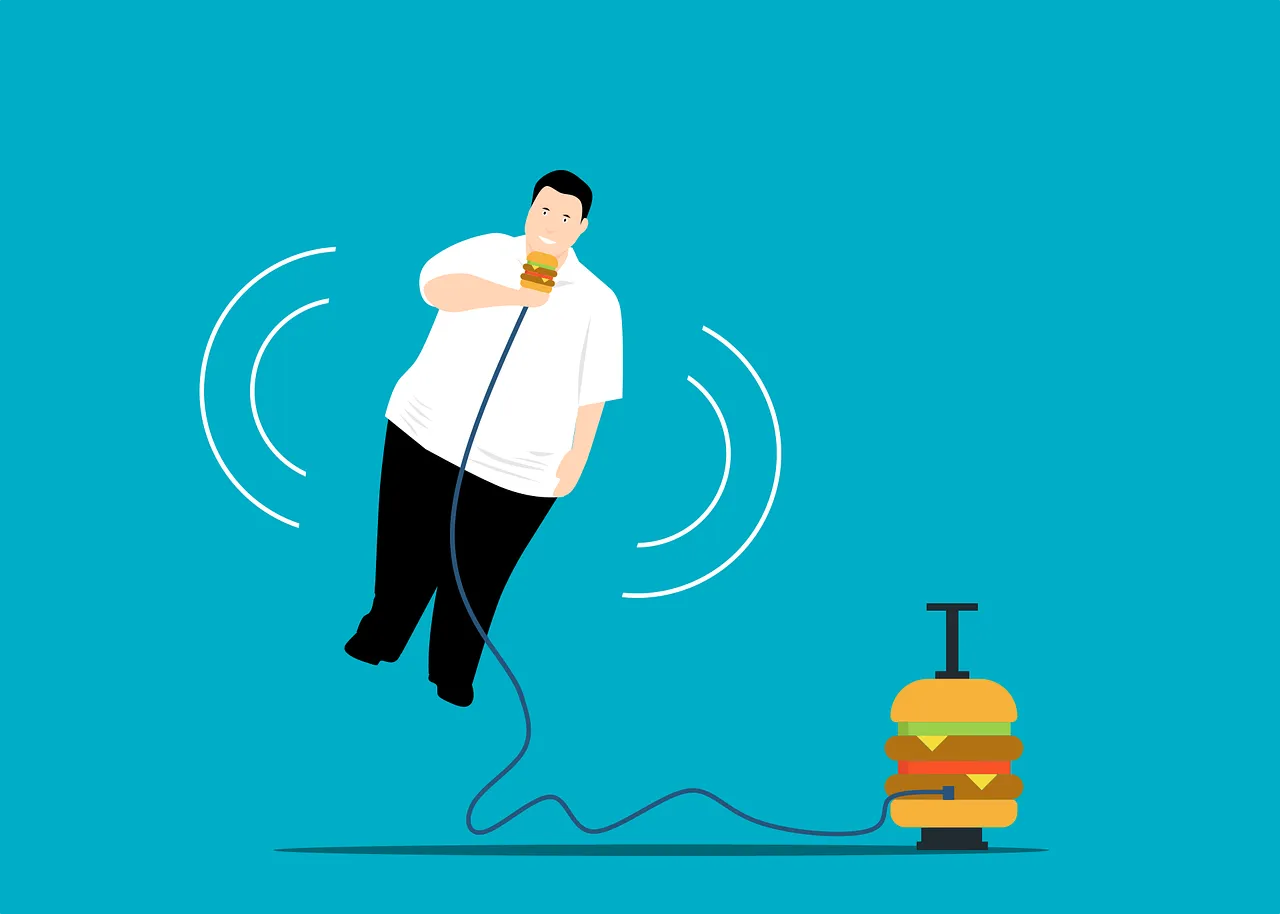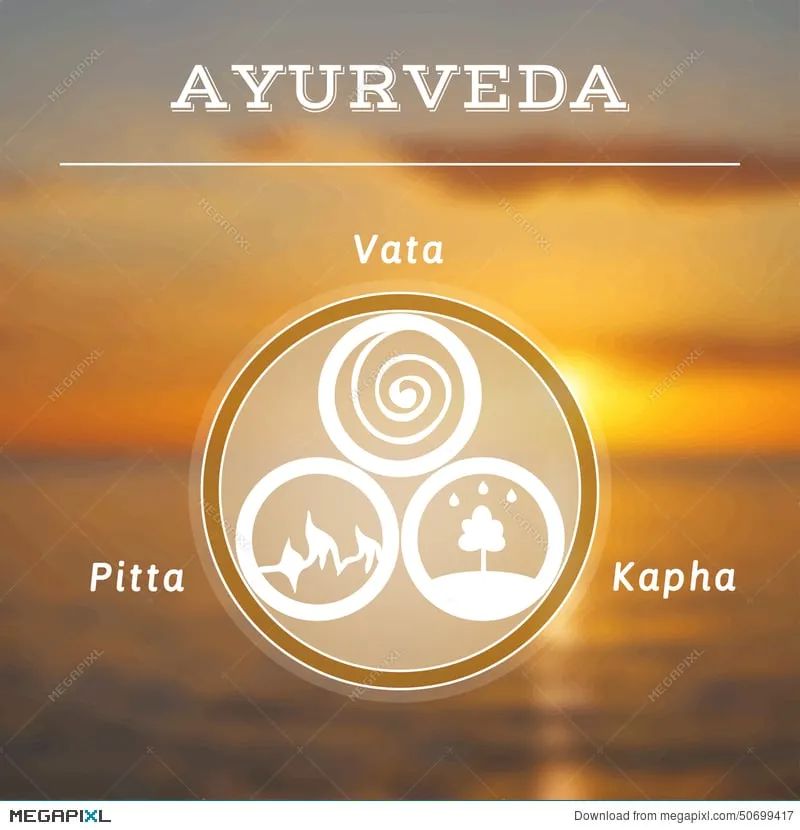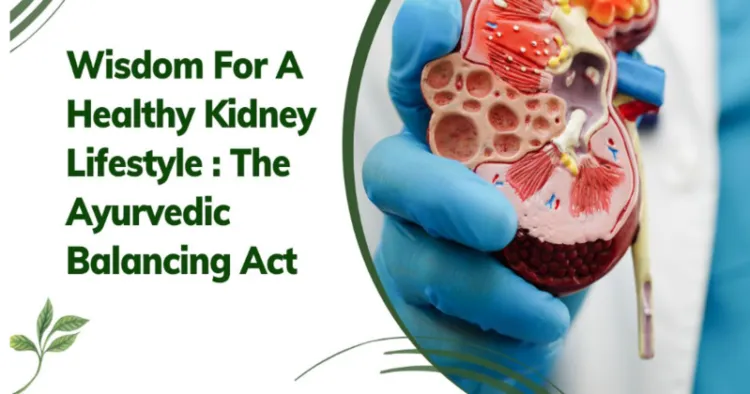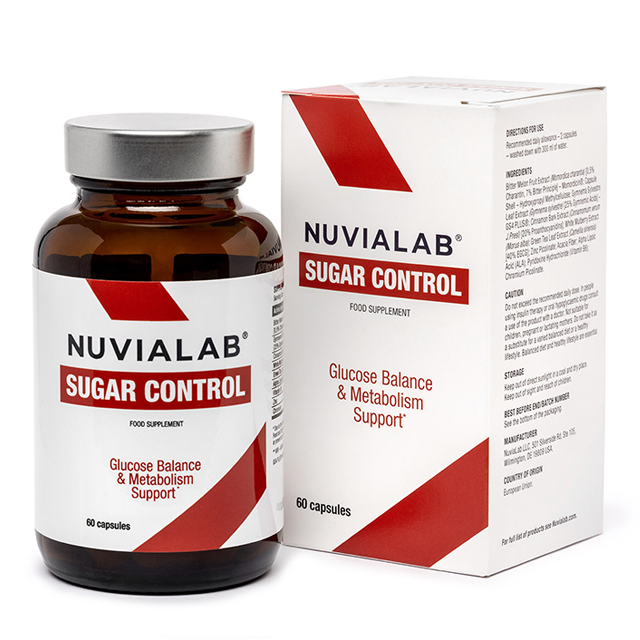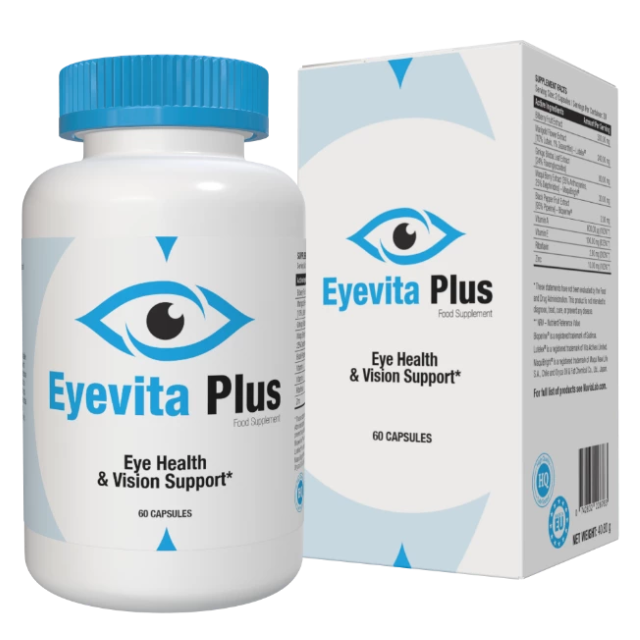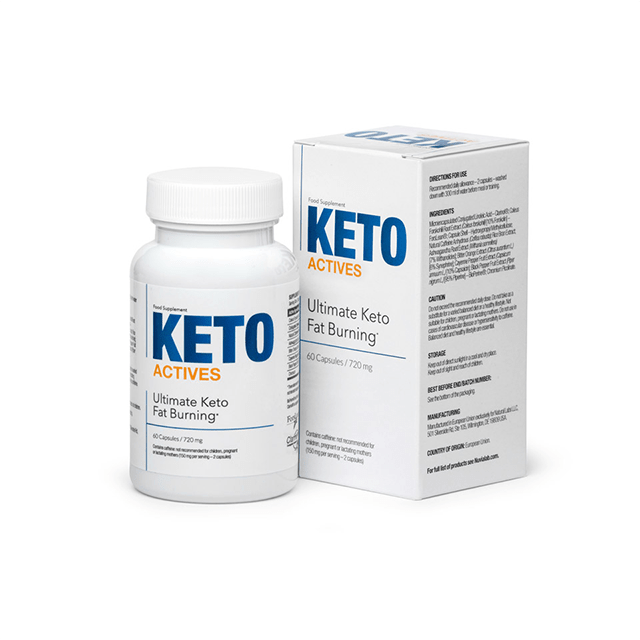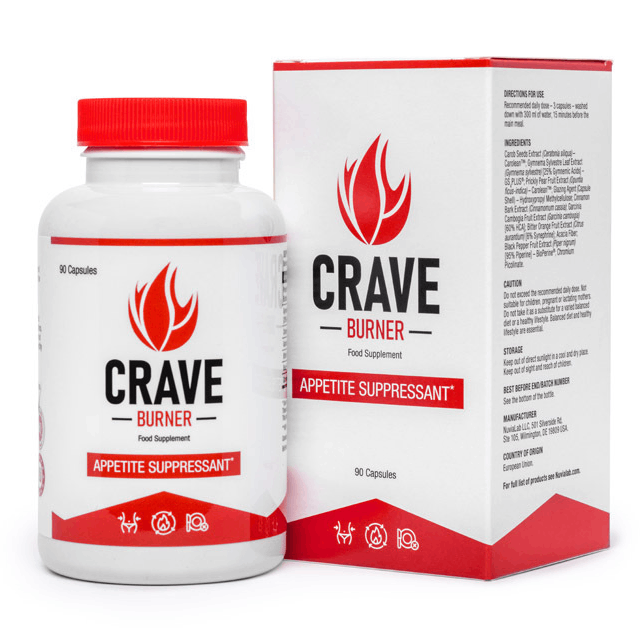🍽️ Ayurveda Food Combinations to Avoid: Unlocking the Secrets That Keep Your Digestion and Energy in Sync
Ayurveda food combinations to avoid are not just old-school taboos—they're the untold keys to vibrant health, peak energy, and mental clarity that modern diets often miss.
You wake up, make a “healthy” smoothie with bananas, milk, and yogurt, and maybe a little protein powder—only to feel bloated, foggy, or sluggish an hour later. Sound familiar? You’re not alone.
What if the so-called healthy meals you’ve been eating are secretly messing with your gut, dulling your energy, and weakening your immunity?
This post is your access pass to deep, time-tested Ayurvedic insights—used for centuries to protect vitality, digestive fire (Agni), and harmony in the body. Let’s cut through the confusion and reveal the exact combinations to avoid and why.
⚠️ Why the Wrong Food Combos Wreck Your Digestion
In Ayurveda, food isn’t just fuel—it's information. Each item has its own energy, taste (rasa), digestive effect (vipaka), and post-digestive influence (virya).
When you mix two or more ingredients that conflict in their core properties, your system goes into alert mode.

This leads to:
- Toxin accumulation (Ama)
- Weakened Agni (digestive fire)
- Bloating, gas, and skin issues
- Brain fog, fatigue, and mood swings
Western science is beginning to catch on. Research shows that digestive enzymes are selective, and conflicting foods force your gut to multitask in ways it’s not built for.
🧠 Must-Avoid Ayurveda Food Combinations (Top Conflicts That Sabotage You)
Let’s start with the worst offenders—some may surprise you!
🥛 1. Milk + Bananas
Seem harmless? Ayurveda says this duo is one of the biggest digestion disruptors. Milk is cooling and heavy, while bananas are sour and heating. Together, they confuse your gut and ferment quickly.
Why it’s harmful: Creates toxins, triggers sinus congestion, dulls mind.
✅ Better alternative: Try almond milk with berries or cooked pears.
🧀 2. Fruit + Dairy
Mixing sweet fruits like mango, melon, or berries with yogurt, milk, or cheese? That’s a no-go. Fruits digest quickly; dairy takes longer. Together, they ferment and disturb gut flora.
Common mistake: Yogurt-fruit parfaits or smoothies with milk and pineapple.
✅ Better approach: Eat fruits alone on an empty stomach, ideally mid-morning.
🐟 3. Fish + Milk
This pairing is the equivalent of a cold war in your belly. Fish is heating and protein-rich; milk is cooling and mucus-forming. Combined, they clog channels (srotas) and reduce nutrient absorption.
Long-term impact: Skin conditions like eczema or acne, slow metabolism.
✅ Safer swap: Use lime or coconut milk for fish-based dishes.
🥒 4. Nightshades + Dairy (Tomato-Cheese Mixes)
Tomatoes are acidic and slightly heating; combining them with cheese, especially in pizza or lasagna, is a heavy load on digestion.
Issues caused: Acid reflux, sluggish digestion, foggy brain.
✅ Pro tip: Try tomato-free sauces like roasted red pepper or turmeric tahini.
🍯 5. Honey + Heat (Hot Tea, Cooking, or Baking)
This is an underrated warning in Ayurveda. Honey should never be heated above 40°C (104°F). When it is, its molecules change structure and become toxic (ama-forming).
Hidden danger: Clogs the system, causes inflammation, toxic residue.
✅ Best practice: Add raw honey to warm (not hot) drinks only after cooling.
🍉 6. Melons + Everything Else
Melons digest faster than most foods. Mixing them with anything—even other fruits—causes fermentation and gas.
Typical mistake: Fruit salads with melons and grapes, yogurt, or nuts.
✅ Golden rule: Eat melons alone. No exceptions.
🔍 Frequently Asked Questions (FAQ)
Can I combine dairy with grains like oatmeal?
Yes, but make sure the grains are well-cooked and warm. Milk + cold cereal = digestive distress. Milk + warm, spiced oatmeal = nourishing.
Is mixing fruit with nuts okay?
Not ideal. Nuts are heavy and oily, fruits are light and watery. This combo sits in your gut too long. Try soaking nuts separately or combining with grains instead.
What about smoothies?
Avoid mixing too many ingredients. Choose either a fruit-based smoothie or a veggie blend. Don't add dairy or heavy proteins like nut butters in the same drink.
🔬 Deep Dive: The Science Behind Food Incompatibility in Ayurveda
Ayurvedic nutrition is based on the synergy—or clash—of:
- Virya (potency): Heating vs. cooling
- Vipaka (post-digestive effect): Sweet, sour, pungent
- Prabhava (unique action): Some foods behave unpredictably (like honey)
Modern research supports this with insights into how conflicting enzyme demands, pH levels, and fermentation pathways cause gut imbalances and inflammation.
Structured Data Tip: Mark up this section as a FAQ or "How-To" using Schema.org tags for better visibility on Google.
🌀 Lesser-Known Combos to Watch Out For
These aren't talked about often—but they matter:
- Eggs + cheese
- Beans + yogurt
- Onions + milk
- Hot drinks + salty snacks
- Ghee + honey in equal parts (by weight—not volume!)
These combos either block digestive fire, disrupt hormones, or interfere with nutrient absorption.
✅ What to Do Instead: Smart Pairings for Maximum Energy
Once you eliminate the poor combinations, what's left is the gold.
Here’s how to eat smart:
- Pair sweet fruits with nuts/seeds only after soaking
- Match dairy with warm, mild grains like rice, oats
- Combine vegetables of similar qualities (non-starchy with non-starchy)
- Add digestive spices (ginger, cumin, fennel) to complex meals
- Let 3-4 hours pass between incompatible food types
📣 Ready to Elevate Your Digestion?
Start by simply eliminating 2-3 of the worst combos you eat regularly. Pay attention to how you feel. More energy? Less bloat? Sharper focus?
Your gut doesn’t lie.
Once you experience the difference, you’ll never go back to random food pairings. This isn’t just tradition—it’s precision wellness rooted in thousands of years of observation and practice.
📌 Tip: Bookmark this post or print a copy for your kitchen.




